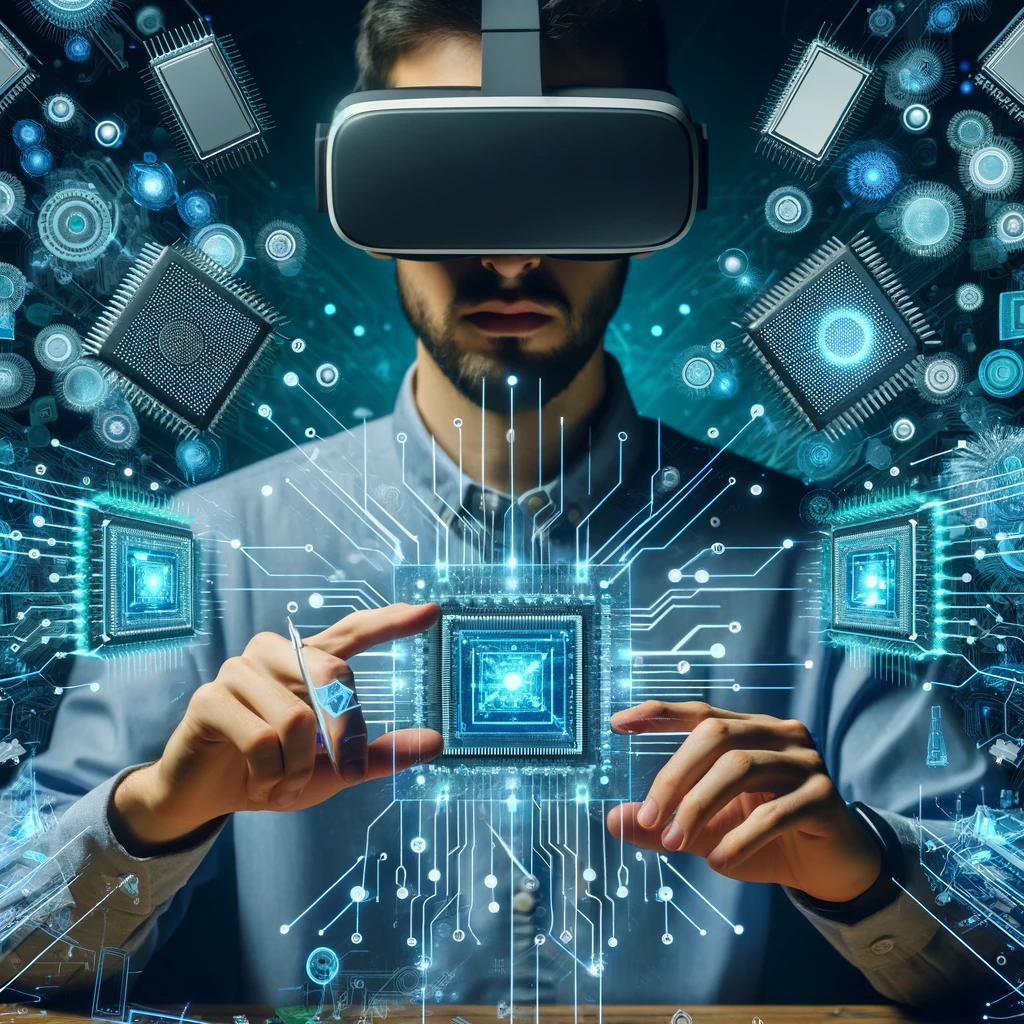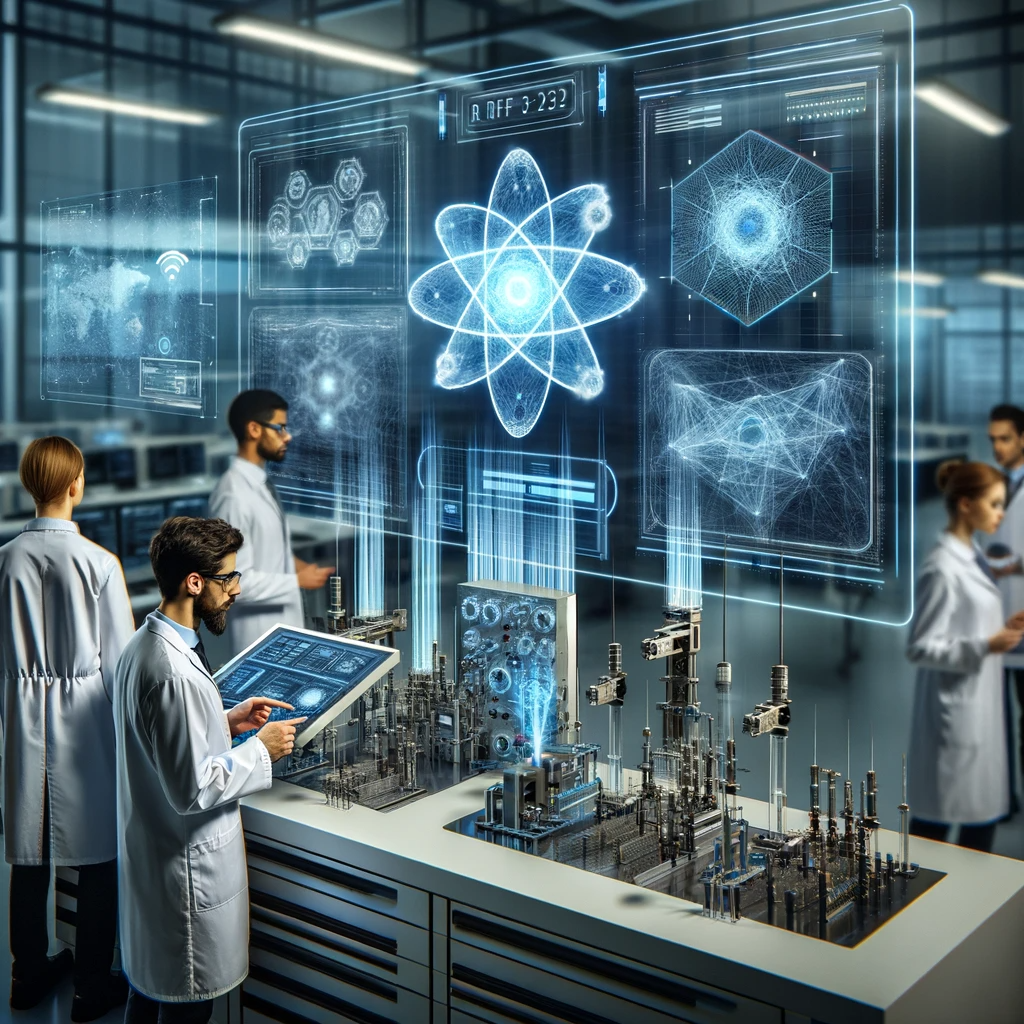In an industry where innovation is the currency, the importance of an Innovation Manager in driving the digital transition is invaluable. In the field of microelectronics, where every micron counts, the adoption of augmented reality (AR) and virtual reality (VR) is transforming not only product design and development, but also the way we interact with customers and partners.

AR is revolutionizing engineering processes, enabling teams to overlay three-dimensional CAD models on physical components, facilitating instant visualization and real-time design refinement. VR, on the other hand, opens the door to total immersion in virtual engineering, allowing specialists to navigate microcircuit assembly and performance evaluation in virtualized operating environments without leaving their desks. These emerging technologies are also redefining the way we communicate with customers. With AR and VR, we can provide more immersive and detailed product demonstrations, even in the early stages of development, ensuring a deeper and more intuitive understanding of their capabilities.

More importantly, AR and VR are transforming technical training, creating safe and controlled learning environments. Technicians can practice with complex equipment and high-precision procedures without the risk of expensive damage or compromised safety. The integration of AR and VR is not just a technological exercise but also a strategic move that enhances production processes’ agility, shortens development cycles, and improves our responsiveness in a market that changes rapidly. In today’s digital age, companies must integrate technology to remain competitive. As innovators, our objective is to ensure that microelectronics not only keeps up with advancement but catalyzes technological progress.
M. Compagno
© 2023 by Mirko Compagno is licensed under CC BY-NC 4.0

